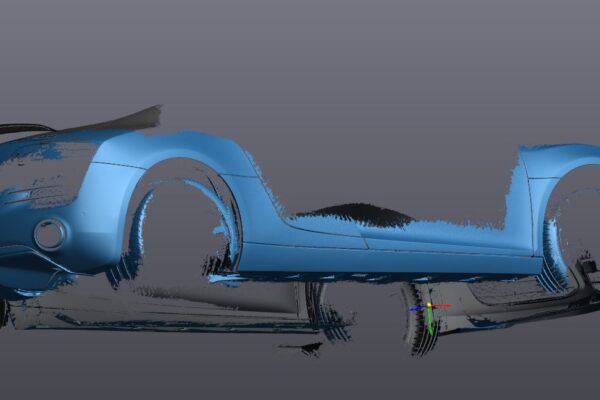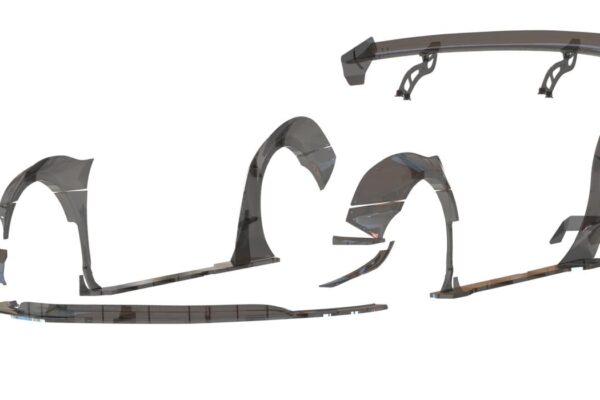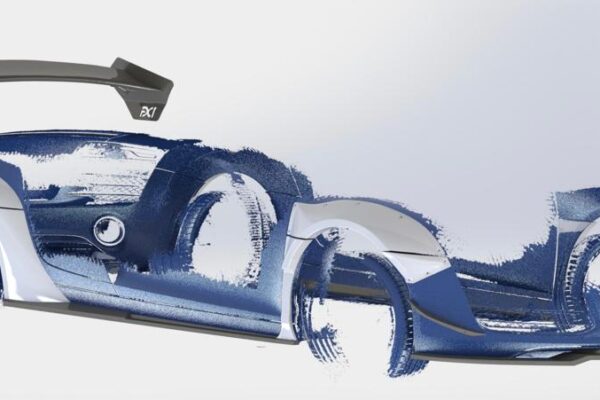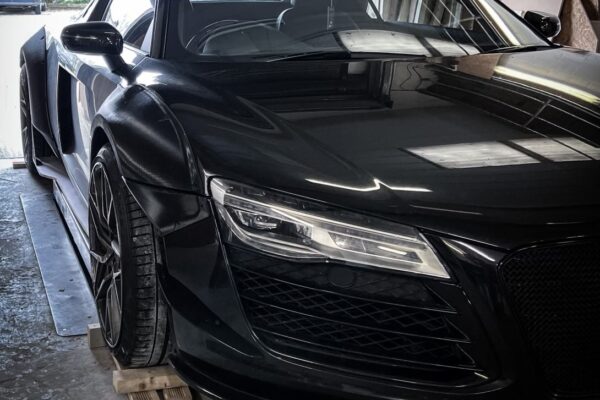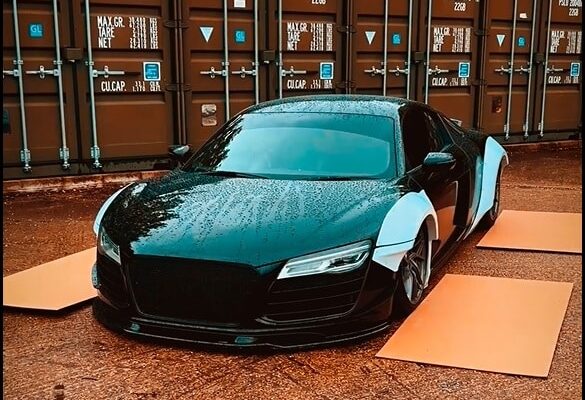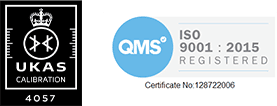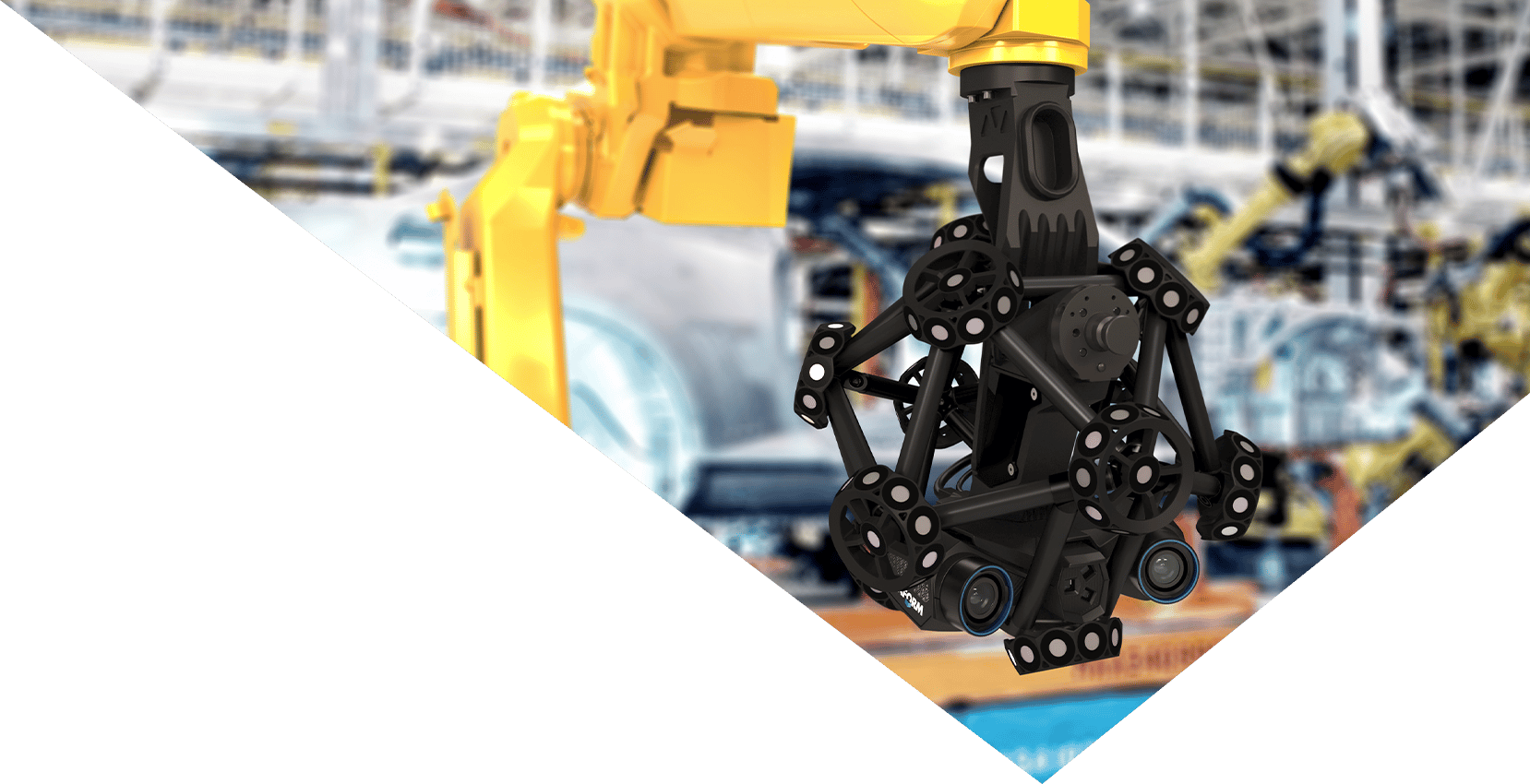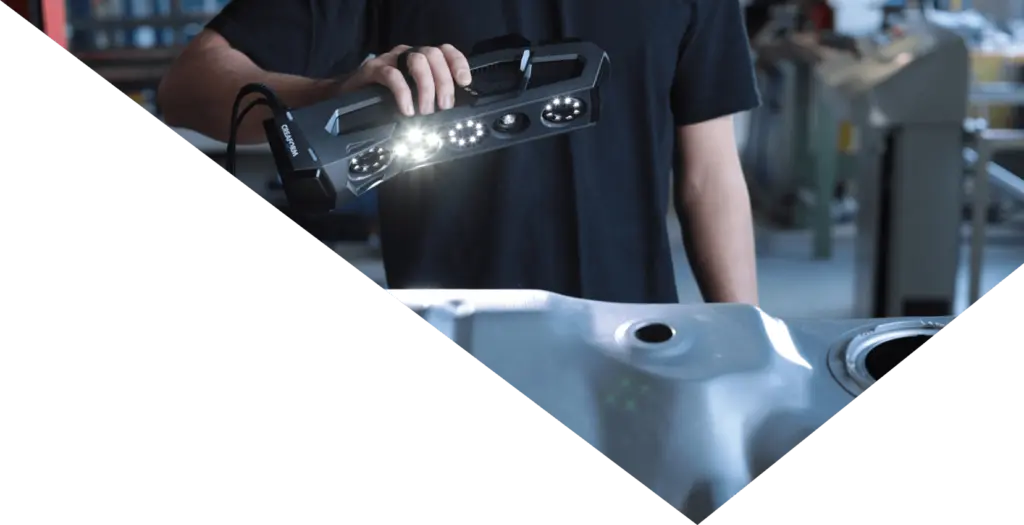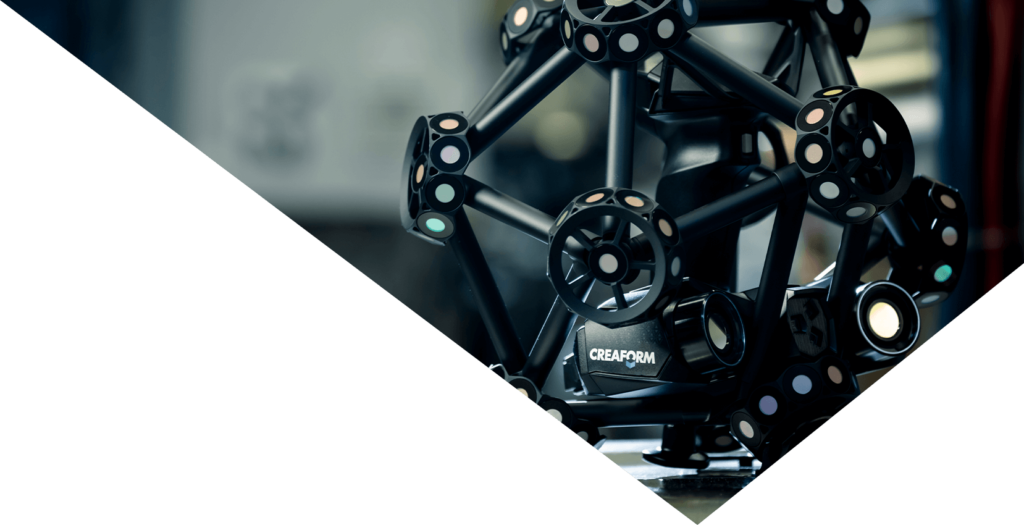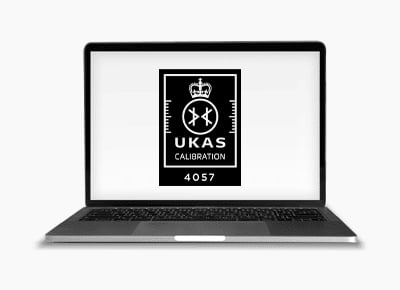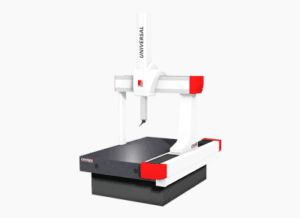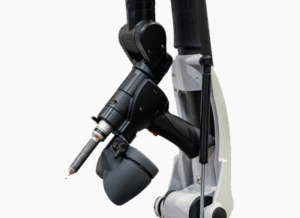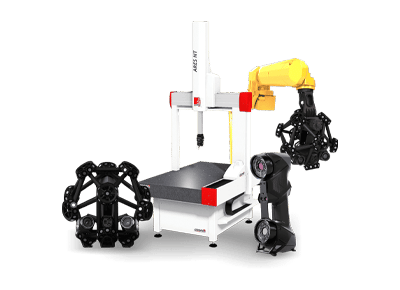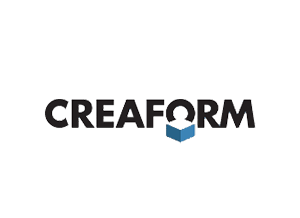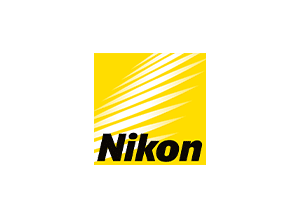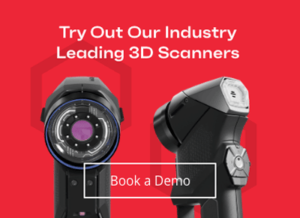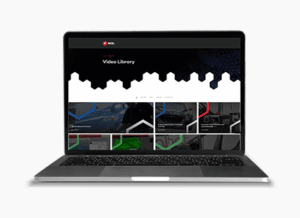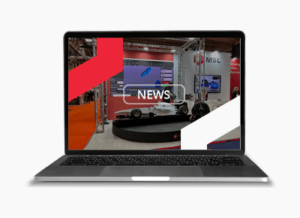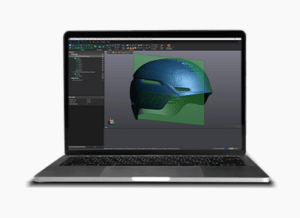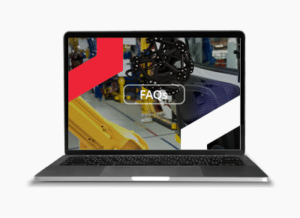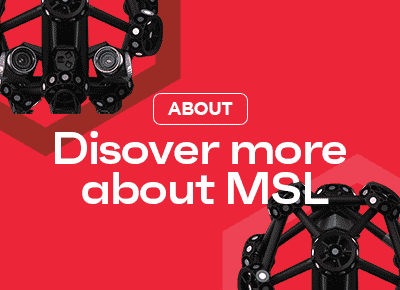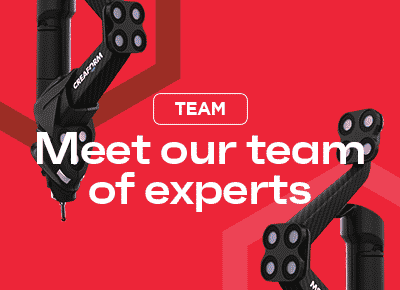TripleRComposites
Established in 1998 and evolving from a passion for car modification into a thriving business, TripleRComposites (TRC) has been at the forefront of the automotive styling industry since its inception, pioneering automotive design, and producing state-of-the-art, flawlessly fitting styling products.
Introduction
Over the ensuing years, they’ve not just grown but honed their craft to perfection, establishing themselves as undeniable leaders in the market.
Their dedicated team excel in the bespoke creation, development, and production of premium, pre-finished GRP (fibreglass) products. From Splitters to Bonnet Lips, and Diffusers to Light Brows and have even created their first wide arch kit.
As trusted suppliers to the giants of the tuning industry, including the likes of Jam Sport, SCC Performance, JW Racing, and RS Direct, many of their demo cars proudly display TRC Splitters. Their reach now extends beyond the UK, with distributors in Germany, America, South Africa, Spain, and beyond.
Objective
The objective of introducing 3D scanning at TRC was to revolutionise its automotive styling process by enhancing productivity, efficiency, and precision. TRC recognised the need to streamline its production processes to meet the demands of an expanding market and to offer comprehensive solutions to car enthusiasts.
By integrating 3D scanning technology alongside additive manufacturing techniques, TRC aimed to accelerate design iterations, improve product quality, and reduce time-to-market.

The Challenge
Their expansion into a diverse range of aftermarket composite styling components required a re-evaluation of production processes to streamline operations and bring products to market more swiftly.
The Vision
TRC’s vision for introducing 3D scanning was to facilitate the streamlining of production processes, enhance design precision, and ultimately deliver unparalleled quality and customisation to enthusiasts worldwide.
They wanted to embrace innovation to push boundaries, set new standards for creativity and efficiency, and lead the way in automotive styling. By leveraging cutting-edge technology, they aimed to deliver high-quality, customised products while staying at the forefront of industry trends and advancements.
“The scanner and software were purchased to reduce lead time and the number of steps needed to get the product to market.
The product is very easy to use with over half of the team able to scan if needed”.
Kevin Watson, Founder, TripleRComposites
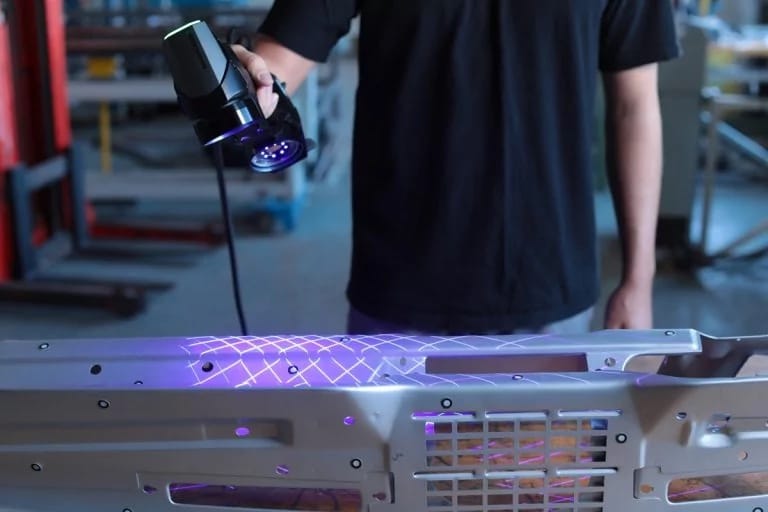
Application
Recognising the need for agility and efficiency in product development, TRC strategically decided to incorporate additive manufacturing into its workflow. By integrating a Creaform HandySCAN laser scanner and advanced CAD software alongside 3D printers, TRC has revolutionised its design process from scan to product. This transition has not only accelerated production timelines but has also enabled TRC to tackle complex surfaces with precision.
Enhanced Design Process
Products can be scanned in-house, allowing for seamless digitisation and refinement using CAD software. For instance, the design of the new wide arch kit for the Audi R8 exemplifies this streamlined approach, where precise scanning and CAD modelling result in a perfect fit and finish. Moreover, the HandySCAN’s versatility enables it to handle many materials encountered in automotive styling, ranging from painted car exteriors to textured interiors and ABS plastic panels.
The Design Process | Audi R8 Wide Arch Kit.
Step 1. 3D scan required external surfaces of the vehicle.
Step 2. Process scan data through VX Model before inputting scan into 3D CAD software.
Step 3. Design & visualise the kit using 3D scan data.
Step 4. Create 3D printed prototypes of parts to check physical fit and design aesthetics.
Step 5. Paint 3D printed prototypes to use as pattern parts for mould-making to produce the final product
Benefits
Introducing 3D scanning has brought several significant benefits
Accelerated Product Development: The ability to swiftly scan existing components and convert them into digital models expedites the design phase, allowing for quicker iterations and refinements before production.
Enhanced Precision and Fit: By utilising 3D scanning alongside advanced CAD software, TRC ensures precision in the design process, this precision translates into products that fit perfectly, such as the wide arch kit for the Audi R8 mentioned in the example. This not only improves aesthetics but also contributes to the overall performance and functionality of the components.
Streamlined Design Iterations: This capability facilitates rapid prototyping and design iterations, enabling TRC to explore various design options and refine them quickly based on feedback or requirements.
Versatility in Handling Materials: The HandySCAN’s versatility allows TRC to scan various materials encountered in automotive styling, including painted car exteriors, textured interiors, and ABS plastic panels, ensuring that TRC can tackle a wide range of projects without being limited by material constraints.
Cost Reduction: While the initial investment in 3D scanning technology might be significant, the long-term benefits include cost savings through reduced lead times, minimised material wastage during prototyping, and streamlined production processes. These cost efficiencies contribute to TRC’s bottom line and overall competitiveness in the market.
Future Growth and Expansion: TRC’s investment in dedicated scanning and 3D printing facilities signifies its commitment to harnessing the potential of 3D scanning technology for future growth. By expanding its reach and offering scanning and additive manufacturing services to other businesses, TRC not only strengthens its position within the automotive industry but also opens up new revenue streams and collaboration opportunities.
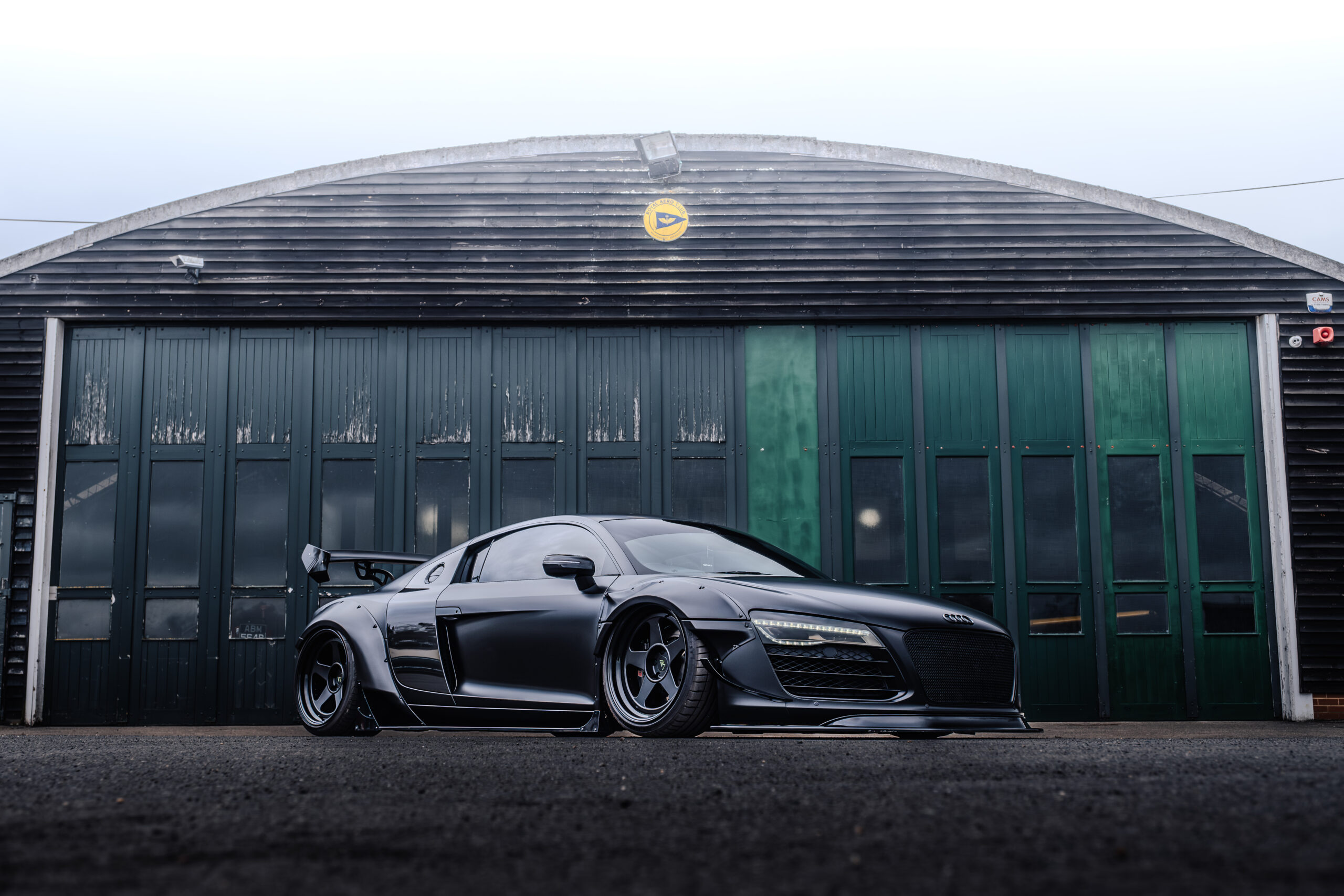
The Final Outcome
Building for Future Growth
Triple R Composites’ adoption of 3D scanning and additive manufacturing represents a paradigm shift in the automotive styling landscape. By embracing innovation and leveraging cutting-edge technology, TRC continues to push boundaries, delivering unparalleled quality and customisation to enthusiasts worldwide. As the automotive industry evolves, TRC stands poised to lead the way, setting new standards for creativity, efficiency, and craftsmanship in automotive styling.
